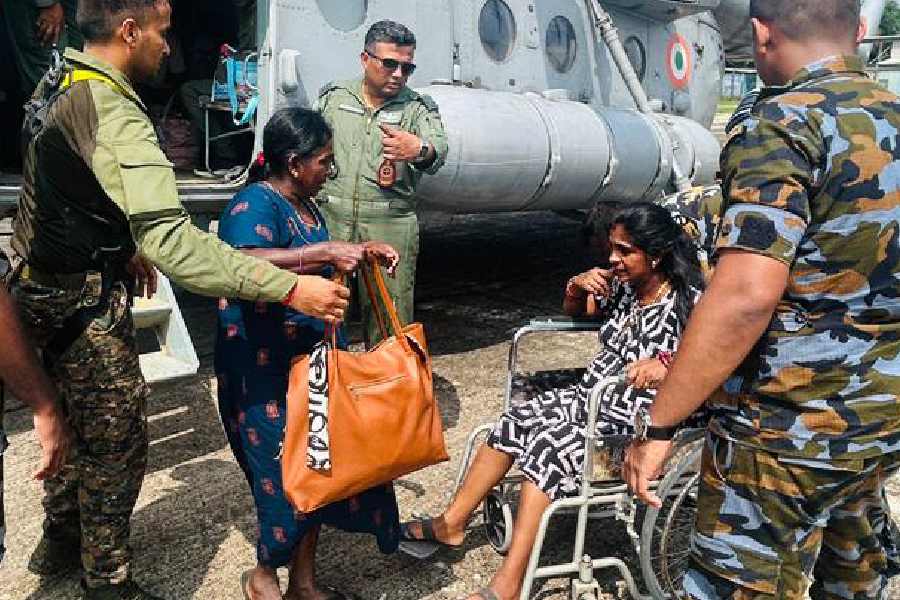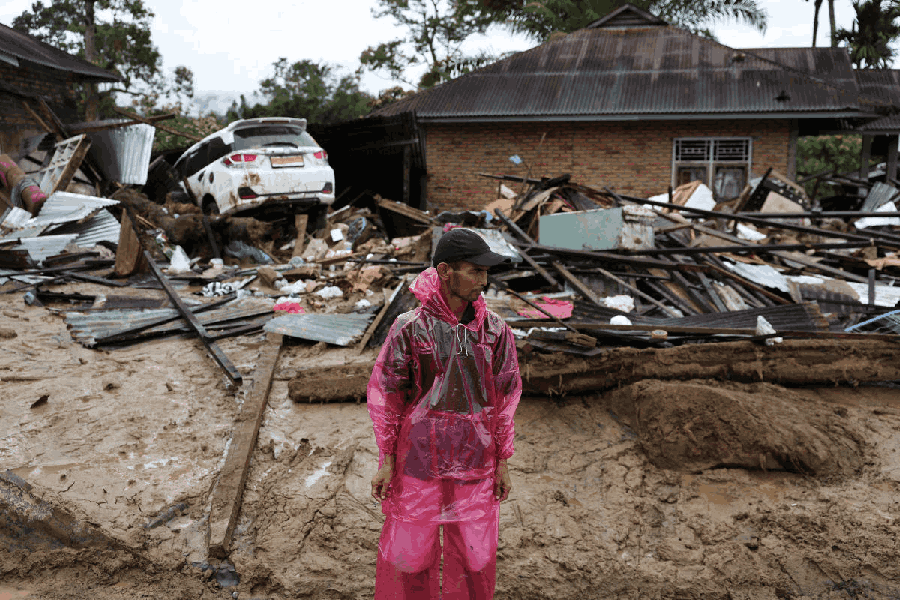 |
 |
 |
 |
| NEW DEAL: (From top) Serials like Yeh Rishta Kya Kehlata Hai, Tere Mere Sapne, Balika Vadhu and Sajan Ghar Jaana Hai tell their stories amidst humble settings |
Have you ever wondered why the fashionably turned out Komolikas and the Ramola Sikands of the world of television soap opera are being replaced by the much more real looking ammajis or dadisaas these days? Or why those ridiculously large mansions in a Kasautii Zindagi Ki or a Kasam Se are being traded for the more down to earth middle class homes in small towns or villages in a Bairi Piya or a Tere Mere Sapne?
Suddenly, Indian television seems to have set its sights on small town and rural India. In line with the new trend, the stories and the characters of mainstream television serials are also verging on the rural and the realistic.
Take Balaji Telefilms, the purveyor of high melodrama and kitchen politics in Indian TV serials. It has chosen to come out of those plush manors peopled with ultra rich men and women and move to the farms of Vidarbha in Maharashtra to tell the tale of Amoli, the protagonist of Bairi Piya, a serial that’s running on Colors. The story is set against the backdrop of farmer suicides in Vidarbha and reveals how the poor are exploited by moneylenders and how poverty drives girls into the hands of manipulative men.
Says Bandana Tewari, a screenplay writer at Balaji Telefilms, “When soap operas began to be made in India, the urban upper middle class was the target audience. But with time, the market has evolved and now people from semi-urban and rural areas have become the new target audience.” Besides, she points out, with the greater penetration of television in rural areas, it is but natural that this segment will be aggressively wooed by the television industry.
There are hard business reasons for Indian television focusing squarely on content that appeals specifically to semi-urban and rural areas. Media reports suggest that television viewership is growing by leaps and bounds not in the big cities but in the smaller towns. In fact, data provided by TAM Media Research show that it’s the cities or towns with less than a million population that have a higher viewership percentage. For instance, viewership figures from the 39th to the 46th week of 2009 show that metros contribute 33.4 per cent of overall Hindi General Entertainment Channel (GEC) viewership, whereas towns and cities with a population of 0.1-1million contribute as much as 37.3 per cent viewership. Another set of data from TAM reveals that the viewership of serials with social messages has risen from 17 per cent in 2008 to 31 per cent this year.
Says KPMG’s head of information, communication and entertainment head Rajesh Jain, “This shift in trend, that is, making serials with a rural or semi-urban theme, is primarily because of the shift in the focus of fast moving consumer goods companies. Today, these companies are targeting people in these areas. Serials with a rural backdrop garner a greater audience from this sector and this in turn helps the broadcaster earn revenues in the form of a greater volume of advertisements from these companies.”
Producers now know that you can’t go wrong with a serial that pitches a social theme. Says Sunjoy Waddhwa of Sphere Origin, that has produced serials like Balika Vadhu (Colors), Jyoti (NDTV Imagine) and Tere Mere Sapne (Star Plus) — all of which come with a worthy social message and are set in rural or semi-rural areas, “When I produced Balika Vadhu, a story about the evils of child marriage, I knew I was taking a risk. But ever since it struck gold, serials with such realistic themes and issues are managing to grab eyeballs and that means good business for everybody.”
According to a KPMG report, the Indian television industry is currently worth Rs 241 billion, having clocked a growth rate of 14.2 per cent for 2007-08. It also predicts that the industry will grow by 14.5 per cent annually between 2009 and 2013 and reach a size of Rs 473 billion by 2013. And this will happen, says the report, by creating content for audiences in the Tier 2 and Tier 3 towns, from where the next wave of growth is likely to come.
With the numbers clearly indicating that Indian television will profit most from targeting small town and rural India, serial makers are coming up with realistic social themes and humbler settings so that their new target audience can identify with them. Says Nitin Vaidya, COO, Zee Entertainment Enterprises Ltd, and business head, Zee TV, “We cater to the audience demand. Such serials are getting better GECs and so we are making them.” Agrees Vivek Behl, senior creative director, Star Plus and Star One, “We will cater to those who are consuming GEC television. If the simple truth of the market is that viewers are expanding at the base, and narrowing at the top, we would be unwise to ignore that fact.”
In fact, serials with a small town or a rural bias are not even promoted in the big cities these days. Says Rajan Sahi, who was associated with the production of hit serials like Jassi Jaisi Koi Nahi, Virasat, Saat Phere, Bidaai and Yeh Rishta Kya Kehlata Hai, “When I produced Bidaai and Yeh Rishta Kya Kehlata Hai (both small town stories) last year, I was amazed to see that not a single hoarding of these serials was being displayed in the metros. The same thing happened when my new serial Swarg, also a small town story, went on air in Colors. A chat with the broadcasters revealed that the serials were being aggressively promoted only in the small towns as they were the new target audience.”
Others say that profit is not the only reason they are making serials with social themes and simple settings. Says Ashvini Yardi, programming head for Colors, a channel that almost pioneered today’s “social serial” phenomenon with Balika Vadhu, “Colors has pioneered the making of such serials and we keep looking for interesting concepts, something that we know our viewers can relate to. It is part of our effort to provide meaningful entertainment.”
And the audience too is not complaining. Says Nutan Rai of Ranchi, “I like the serials these days — they give me a slice of my life. It’s more real.” Agrees Priyanka Jain, a Calcutta homemaker, “I am from Agra, and I always found the saas-bahu sagas unrealistic and superficial. However, the serials of today not only address social issues but also reflect the life of the people from small towns.”
Small, clearly, is beautiful on Indian television today.











